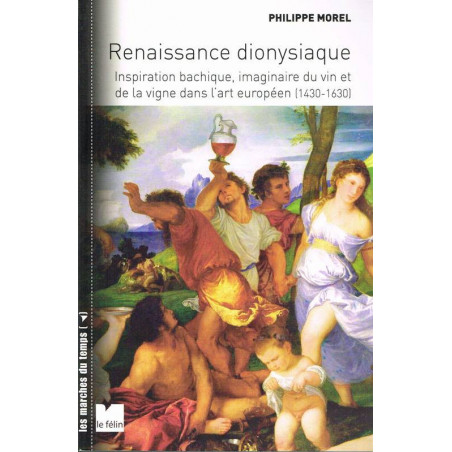The figure of Bacchus or Dionysus embodies and summarizes a bundle of ideas, developments, and aspirations characteristic of the Renaissance, a period during which there was an attempt to reconnect more closely with the ancient heritage and some of its values, to relativize or resize the place of Christianity for existential registers that it had often disqualified, and to explore the multiple affinities that intertwined pagan and Christian cultural components. Bacchus is not just the god of drunkenness, companion of all pleasures, especially of dance and love - he presides over fertility in all its forms, agricultural and human, but also literary or artistic. He is the source or symbol of an inspiration that regularly serves as a mirror to painters and sometimes becomes a principle of philosophical and metaphysical contemplation. Various artists among the most famous of the period, such as Bellini, Titian, Michelangelo, Raphael, Caravaggio, Rubens, have explored these potentialities through major works highlighting the multiple and often paradoxical functions specific to the Dionysian sphere. They indeed relate to excess as well as temperance, burlesque as well as philosophical, popular as well as aristocratic, triviality as well as elevation, life as well as death. Thus, the ancient chthonic deity has been transformed into a vector and incarnation of salvation, and this relationship with the beyond, an artist like Donatello will ingeniously know how to renew it from a Christian perspective. Beyond an expanded rediscovery and diverse reinterpretation of ancient culture, the Renaissance thus worked towards a fusion of these seemingly contradictory traditions, as well as a rediscovery of what is profoundly pagan in Christianity, and a return of the repressed Dionysian as it emerges from iconographic themes like the mystical winepress or the Christ-vine.






